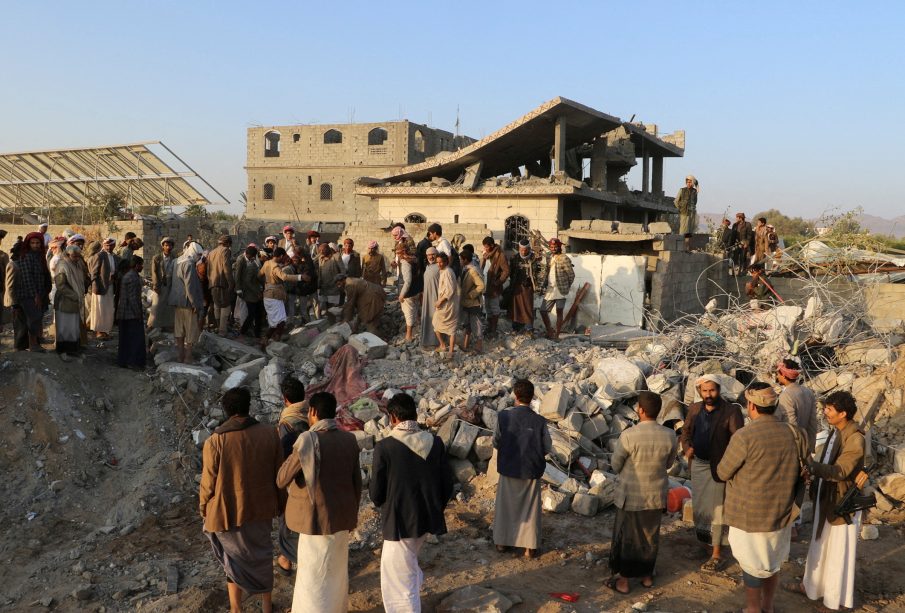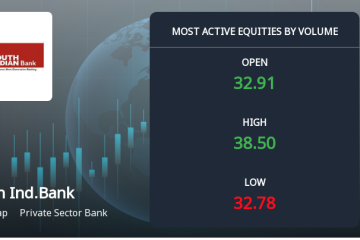The Houthi Movement and Its Impact on Yemen’s Future

Introduction
The Houthi movement, officially known as Ansar Allah, has been a significant player in Yemen’s complex civil conflict since its escalation in 2014. The group’s influence has not only altered the political landscape of Yemen but has also drawn in regional and international powers, complicating efforts toward peace and stability. As the humanitarian crisis deepens, understanding the Houthi’s role and motivations is crucial for comprehending the ongoing violence and the potential for future resolutions.
The Rise of the Houthis
The Houthis, primarily from the Zaidi Shia sect, emerged in the 1990s, initially focusing on local grievances. However, their revolt against the Yemeni government escalated dramatically in 2014 when they seized control of the capital, Sana’a. This move prompted a military intervention led by Saudi Arabia in March 2015, leading to a protracted conflict that has resulted in widespread devastation and one of the worst humanitarian crises in the world.
Recent Developments
As of 2023, the conflict continues with occasional ceasefires and negotiations often undermined by mutual distrust. The Houthis have launched missile attacks into Saudi Arabia, claiming retaliation for airstrikes against their positions in Yemen. Recently, in October 2023, a significant escalation occurred when the Houthis targeted a Saudi oil facility, resulting in a temporary spike in global oil prices and heightened tensions in the Gulf region.
Despite numerous peace talks mediated by the United Nations, a lasting solution remains elusive. The United States and other nations have called for an immediate end to hostilities and humanitarian access for aid organizations, but the Houthi’s demands for international recognition and an end to Saudi-led aggression complicate negotiations.
Humanitarian Impact
The continuous conflict has resulted in an estimated 24 million Yemenis—more than two-thirds of the population—requiring assistance. The Houthi-controlled areas face immense challenges, from food insecurity to a collapsing healthcare system exacerbated by ongoing blockades and airstrikes. Humanitarian agencies warn that without sustained efforts to address the crisis, Yemen could face an even more severe famine and a decline in living conditions.
Conclusion
The Houthi movement remains a pivotal force in the Yemeni conflict, shaping both local and regional geopolitics. As international pressures mount for a peaceful resolution, the path forward remains fraught with challenges. Understanding the motivations and actions of the Houthis will be essential for any effective diplomatic engagement aimed at ending the conflict. The broader implications for regional stability and international security make it imperative for the global community to remain engaged and committed to finding a sustainable solution.









